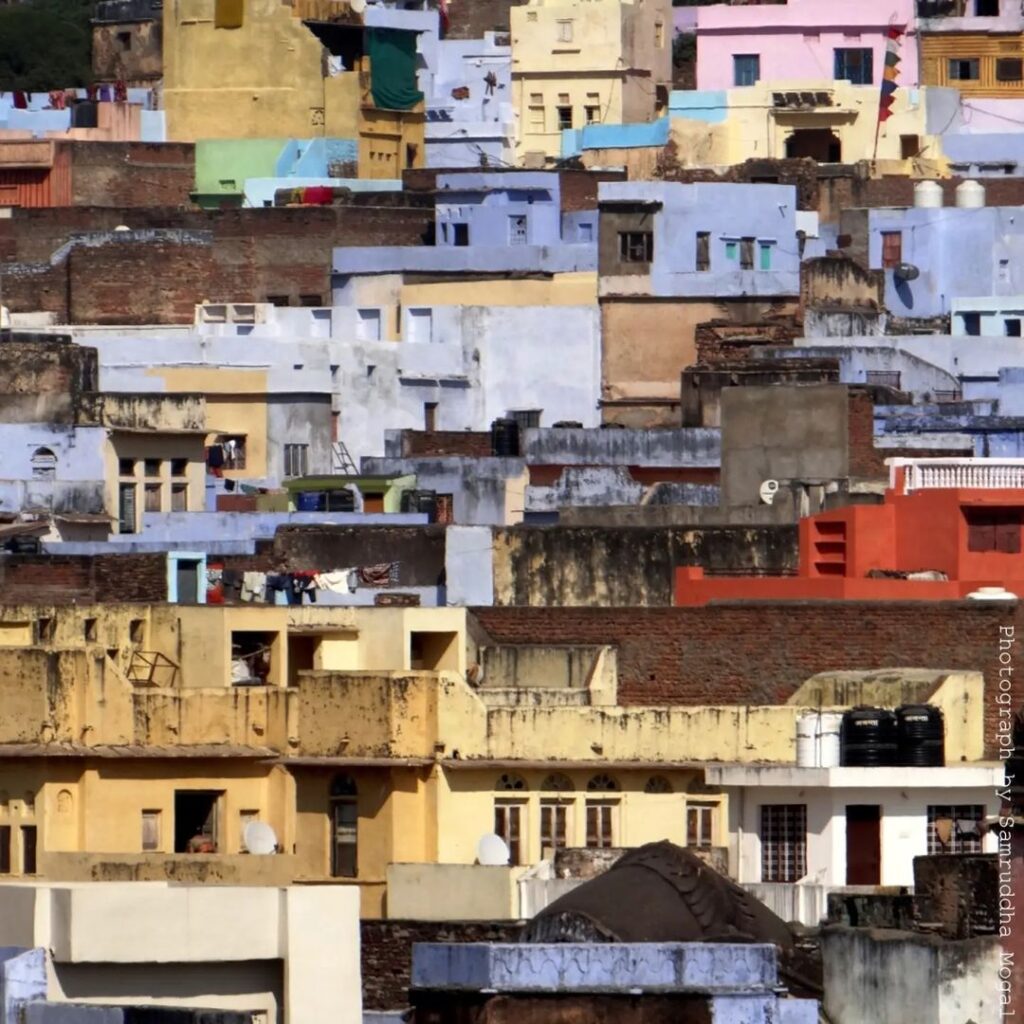
Over the past few decades, India’s small cities have experienced remarkable growth, yet many often remain marginalized in discussions. Each small city possesses a unique character, marked by distinct qualities that define its essence.
The symposium seeks to delve into the question of what constitutes a second-tier or small city beyond mere quantitative metrics like population, density, and economic indicators. It poses questions about the various dimensions of “smallness” in cities and explores factors such as historical, cultural, economic, and political influences that have shaped these urban landscapes.
Intent of the symposium:
Bringing together speakers and stakeholders engaged with these small cities, the symposium aims to explore diverse perspectives on the development of these cities. Topics of discussion range from the historical transformation of small cities to contemporary challenges and potentials, as well as the active interventions shaping their urban fabric. The following are the three themes that will help the symposium unfold different aspects of small cities.
Themes:
- Histories of small cities:
The histories of small cities are often unknown or unheard, but they can highlight key aspects of how these cities have transformed in the past. Various factors have underpinned their development across time and their history informs and influences the making of the city. The histories of small cities can shed light on the agents of change, processes, and their impact on the city. - City as an entity:
The second theme looks at cities as entities formed due to multiple factors. Cities have their identities that are an aggregate of aspects including culture, economy, architecture and planning. How are these identities formed and how do these factors shape the growth of cities? This theme also looks at present challenges and potentials of small cities. - Practicing in small cities:
In the third theme, we invite practitioners or the agents contributing to the making of the cities. This involves architecture, urban design, policy making, planning, among other disciplines. The active and conscious interventions in these cities contribute to their formation. How do these agents view the city from varied perspectives and what does such engagement with the city entail?
The Audience:
While such discussions often remain confined to closed expert groups, the symposium aims to broaden the discourse, engaging a wider audience including citizens whose lives are directly impacted by these cities’ development. The symposium also plans to involve other experts mainly for understanding their perspective and to increase the reach of the project. By bridging the gap between experts and citizens, the symposium strives to inform and enrich conversations, rooted in the reality of small-city life.
The symposium also plans to involve other experts such as historians, administrative personnel, political leaders, journalists, and other social groups, primarily to understand their perspectives and increase the reach of the project. By bridging the gap between experts and citizens, the symposium strives to inform and enrich conversations rooted in the reality of the city.
Timeline:
Friday and Saturday, 19th and 20th of July 2024.
19 July 2024:
3:00 p.m.: Welcome note, Decoding our “Undersized” Cities by Shreyank Khemalapure, followed by a conversation between Shreyank Khemalapure and Rajesh Advani
4:30 p.m.: Histories of Small Cities | Speakers: Pushkar Sohoni and Sonal Mithal | Moderators: Catherine Desai and Purva Shah
6:30 p.m.: Practicing in Small Cities | Speaker: Bobby Desai | Moderators: Nitin Patel and Archis Kulkarni
20 July 2024:
3:00 p.m.: City as an Entity | Speakers: Percy Pithawala and Praveen Bavadekar | Moderators: Rahul Dabir and Pooja Khairnar
4:30 p.m.: Practicing in Small Cities | Speaker: Ruturaj Parikh | Moderators: Ajay Sonar and Amol Suryawanshi
6:30 p.m.: Keynote Speaker: Praveen Gedam, Divisional Commissioner of Nashik | Moderators: Bakir Zafar and Nitin Kute
Venue:
The Institution of Engineers, Nashik Local Centre, Nashik.
Zoom for participants from varied geographies.
Credits:
This event is supported by IIA, Nashik Centre.
Curators: Krushna Rathi, Swapnil Joshi, Yakin Kinger
Advisors: Sanjay Patil, Bakir Zafar, Nitin Patel, Ajay Sonar, Chandrakant Dhamne
Media Partner: ArchitectureLive!
Collaborators: INTACH Nashik Chapter, CREDAI Nashik Metro, IIID Nashik Regional Chapter
Feature Image: Godavari Ghat, Nashik—What is city without its people? © Rajesh Advani

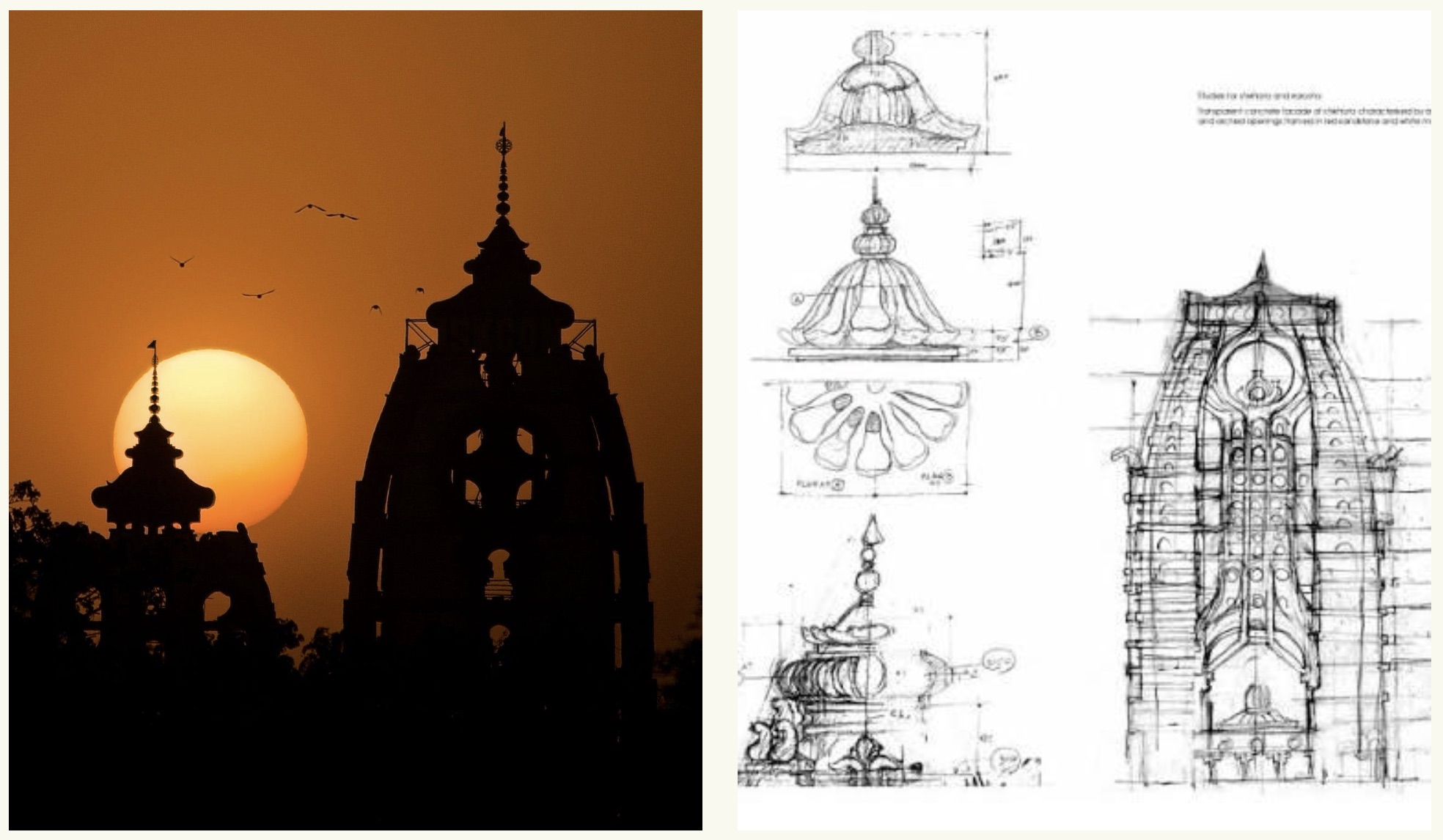
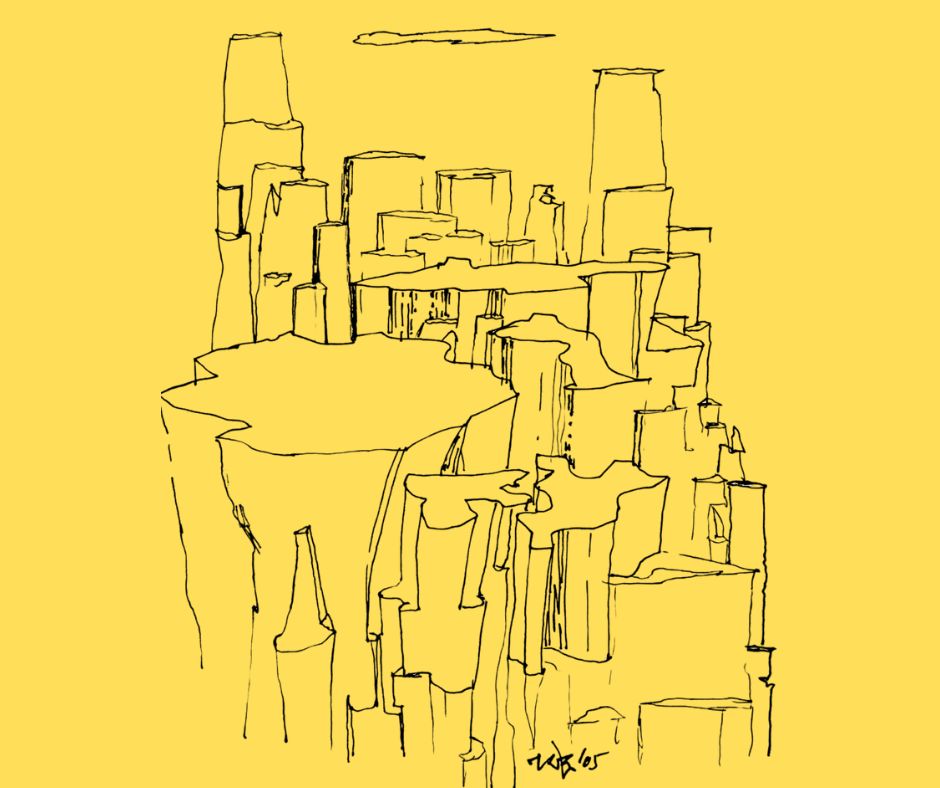
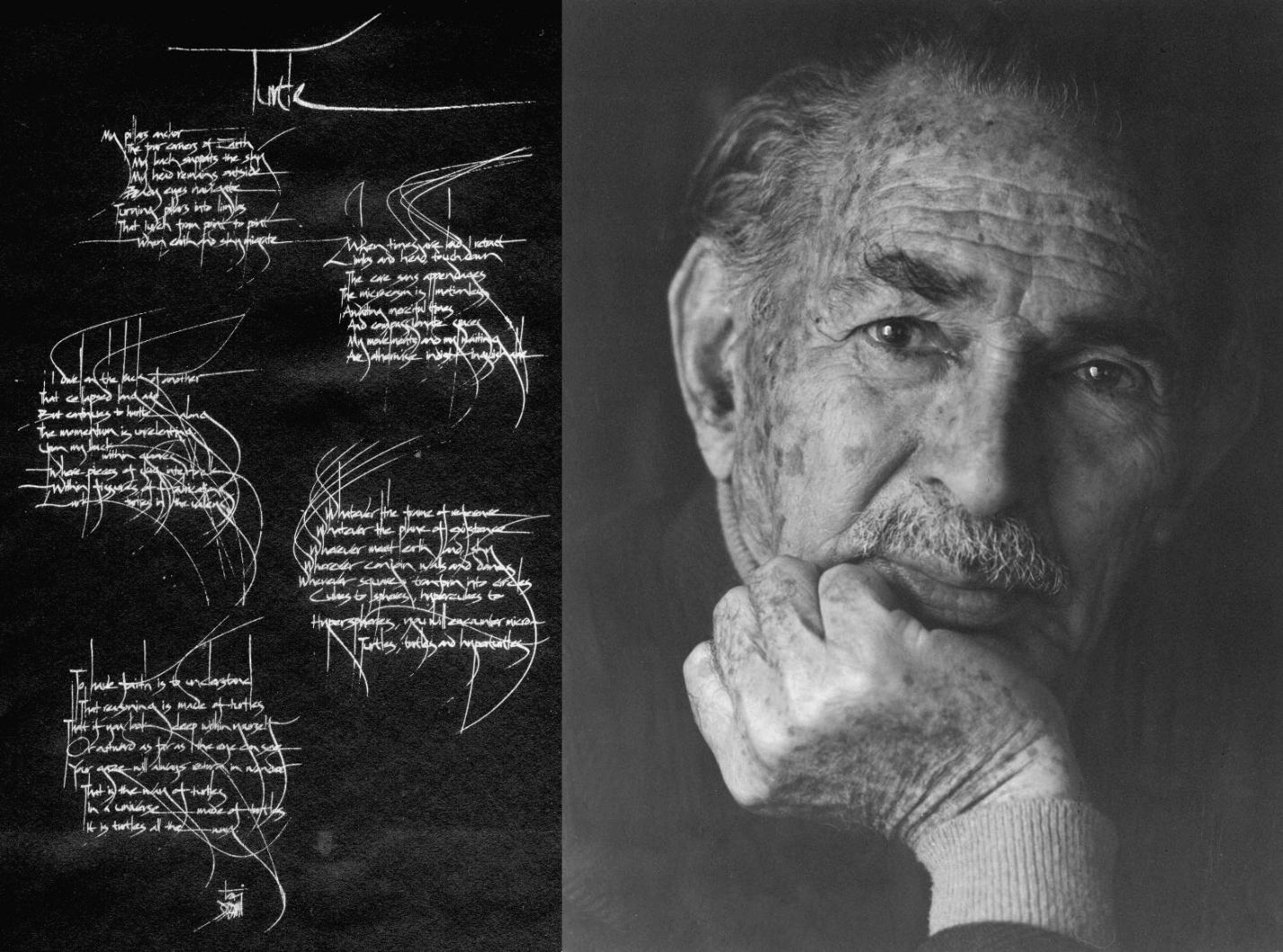

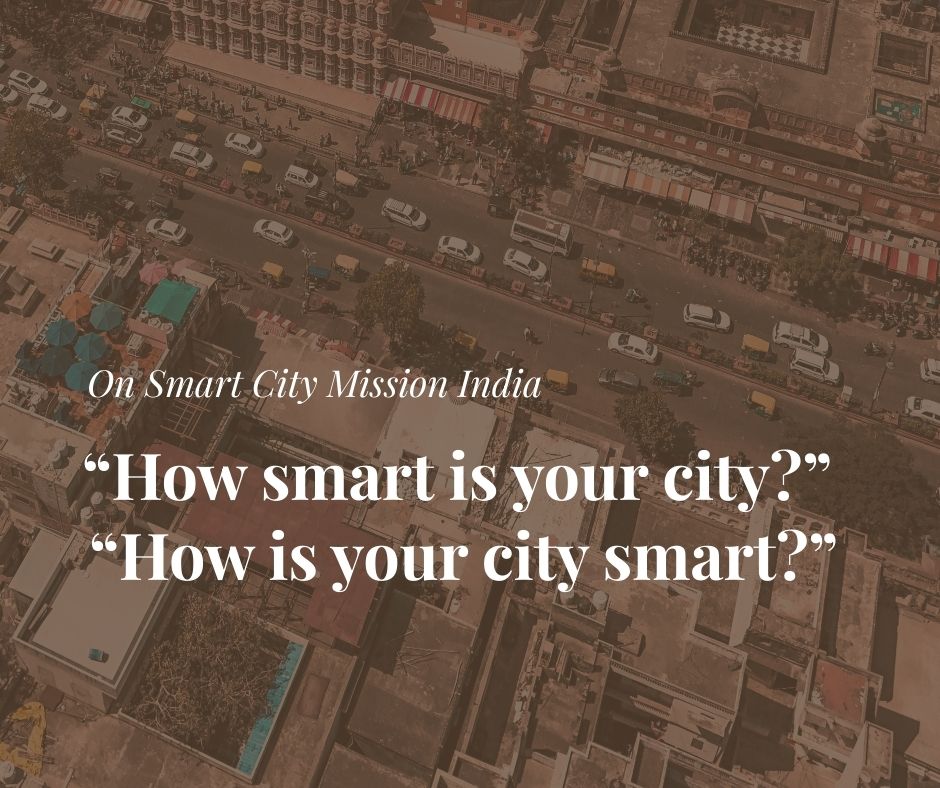



10 Responses
Cleanliness, clean river, affordable transportation, open spaces management,and people’s participation by paying taxes on time and vigilance . Unauthorized encroachments zero aesththetic sense of public spaces and traffic discipline. List is endless. Nashikkars should think if they have any civic sense? Don’t expect that only government is expected to do everything.
Yes, these are some of the issues. Thus, a public forum is required to initiate a dialogue in this direction.
Registration details pl.
If you are in Nasik, you are free to walk in at the venue. If joining online, please keep an eye on our Instagram page as we will upload the link soon. It will also be embedded to this webpage.
Can i attend, i have moved to Nashik last week.
Definitely!
Registration details please….
Please feel free to walk in. If joining online, please keep a watch on our Instagram channel for the link.
Registration details pl.
A Question for our policy makers & town planners:
According to the latest Development Plan, Nashik city plans to gobble up fertile land of more than 22 villages for urbanisation. What is at stake here is not only the food producing land, but also a time tested culture based on the nurture & preservation of soil, water, air & human relationships. Do you want to decimate our divine indigenous ethos, under the pretext of development, & replace it with a monotonous creed of cement & mortar which breeds on a perpetual greed for space? If so then you better leave out Nashik from the conversation on small cities & brand it as a city aspiring to become another large & filthy suburban place.